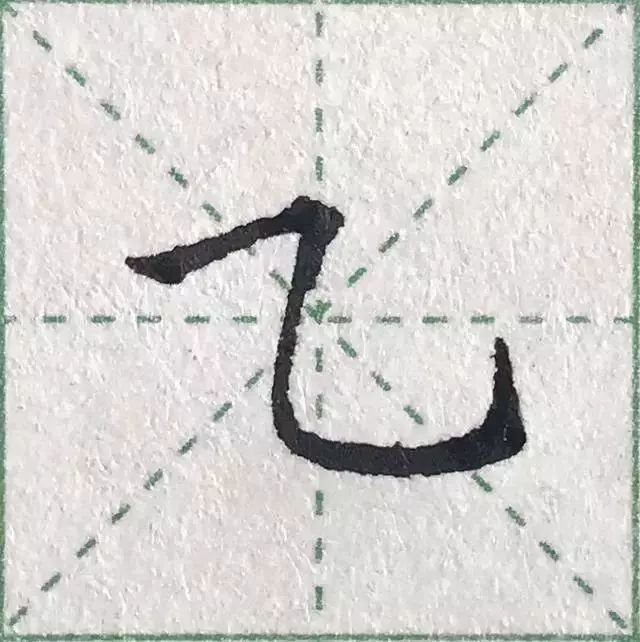Basic stroke decomposition tutorial
1 o'clock
The key to writing points is: don't pick up the pen and lift it up as soon as the pen tip falls on the paper. Instead, there must be a process of pressing down. This process may be at the starting point of the pen, or at the end of the pen, or during the stroke. To put it simply, the points written are not just short lines of the same thickness, but different thicknesses.
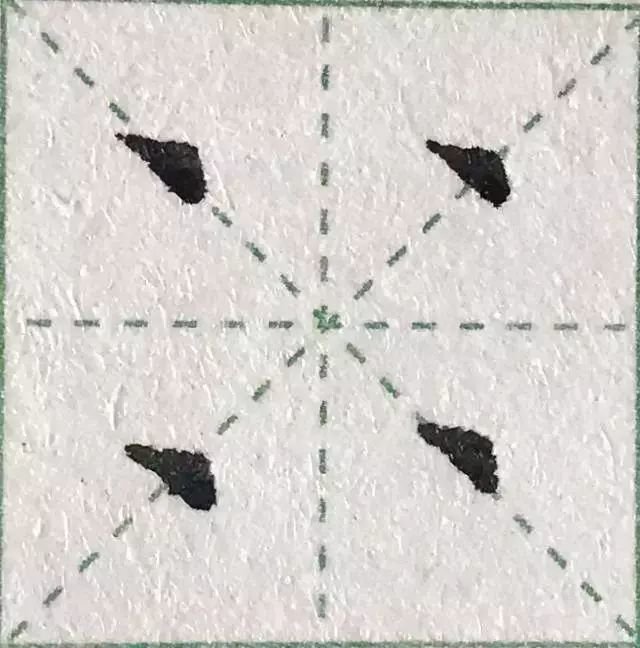
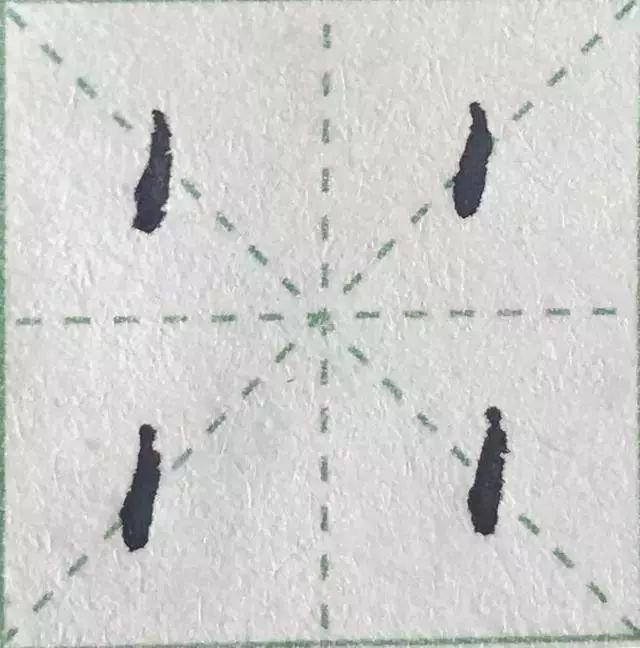
2. Horizontal
There are pause points when starting and closing the long horizontal stroke, and the closing stroke is heavier. Note that the horizontal stroke is not horizontal, but the right end is slightly raised. At the same time, the long horizontal stroke is not a straight line, but slightly curved.
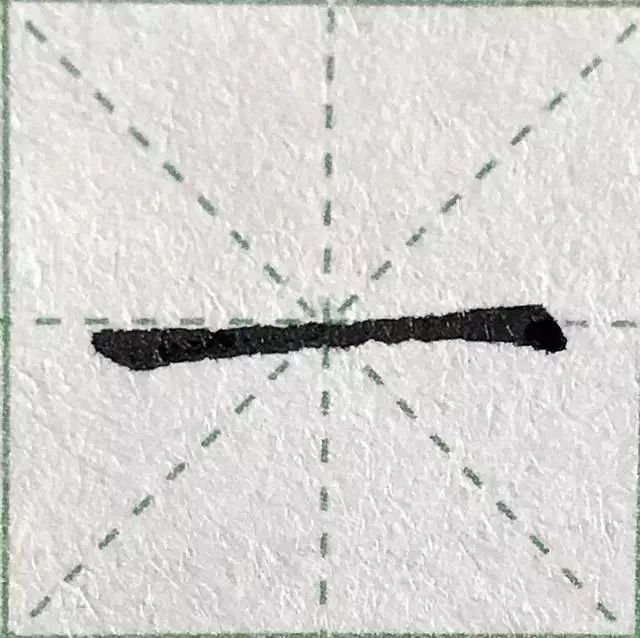
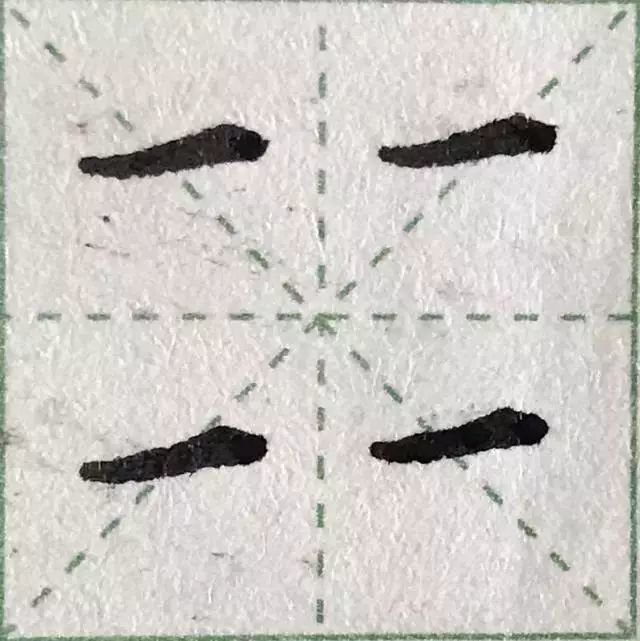
3. skim
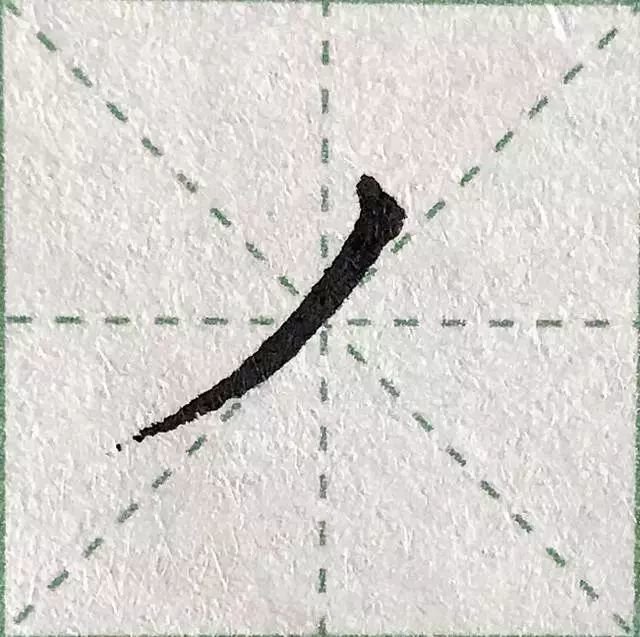
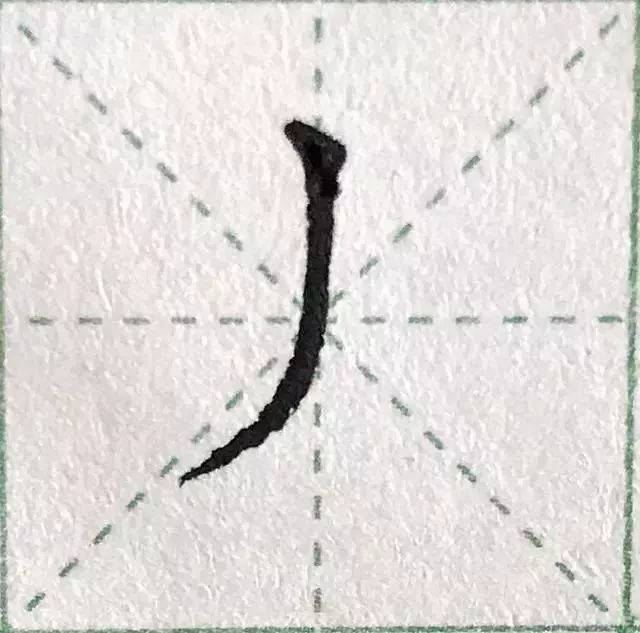
4. vertical
There must be a pause point at the beginning of the pen to appear steady and powerful.
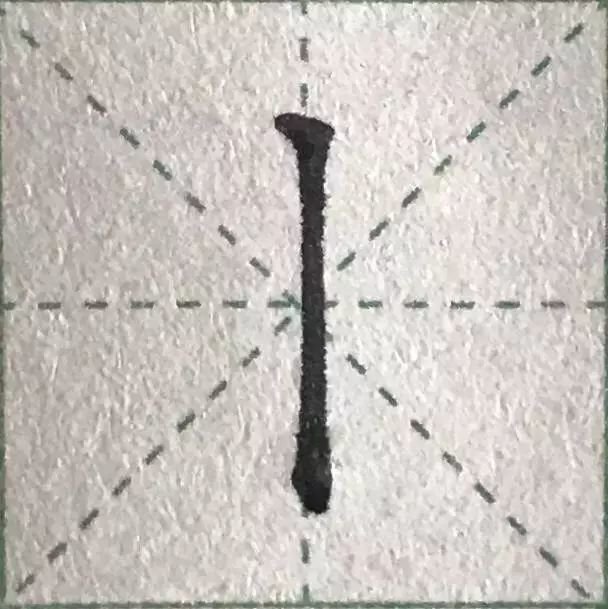
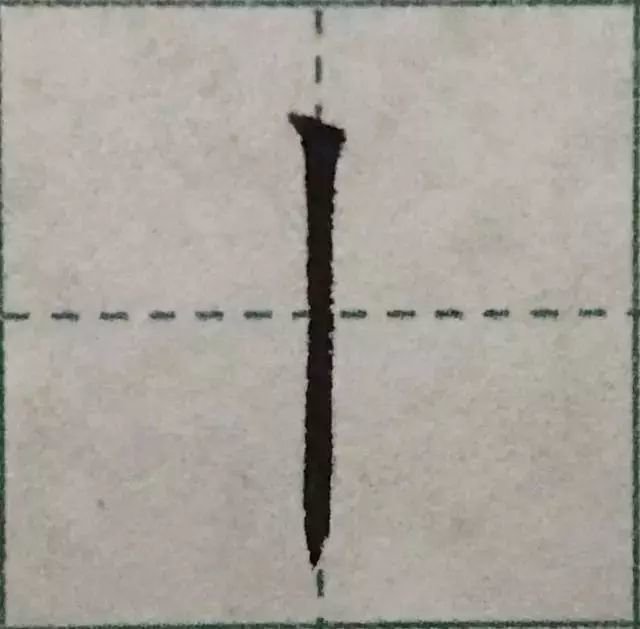
5. suppress
The stopping point is relatively heavy, and then the tip gradually emerges. The tip is facing directly to the right and should not be tilted up or drooped.
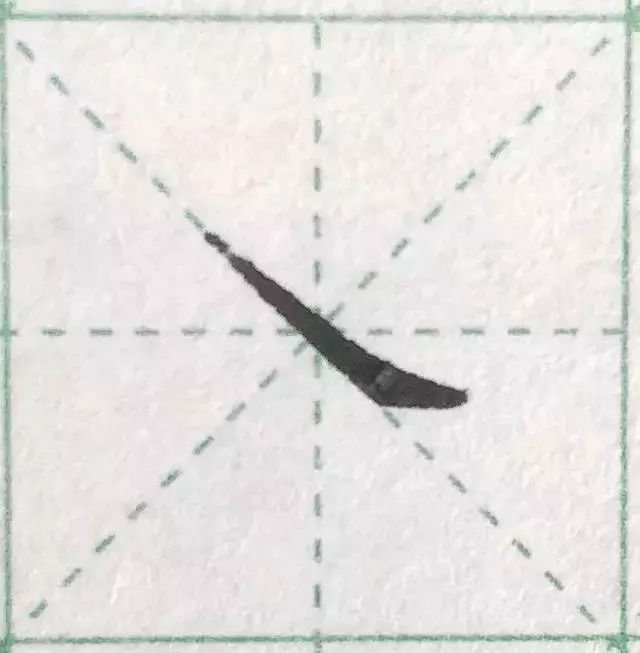
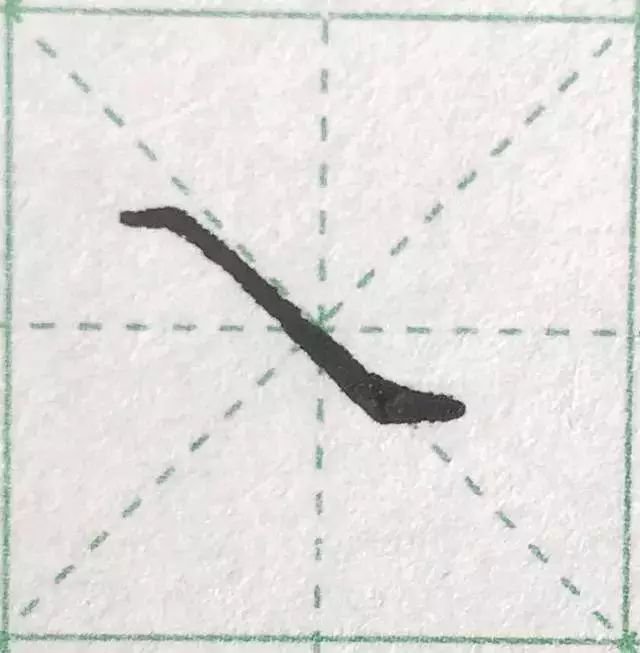
6. mention
Press hard when starting the pen, then lighten and taper to close the pen. Note that the shape of the lift is not static, some are steeper and some are gentler. For example, the pen in the water at three o'clock is very steep, as shown in the picture:
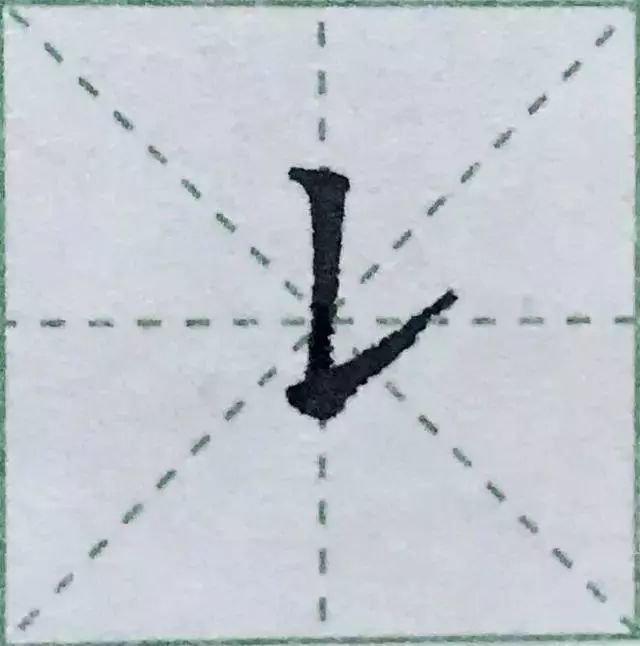
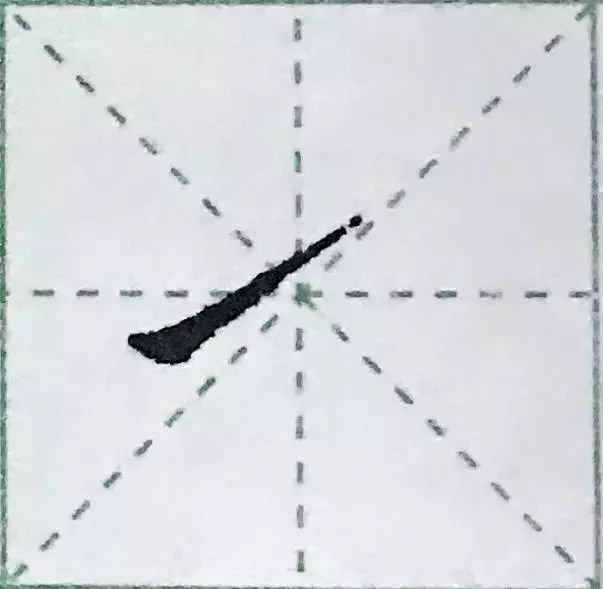
7. vertical hook
There must be a pause point when erecting the pen and starting it to appear steady and powerful. The hook should be short and quick, and should not be sloppy.
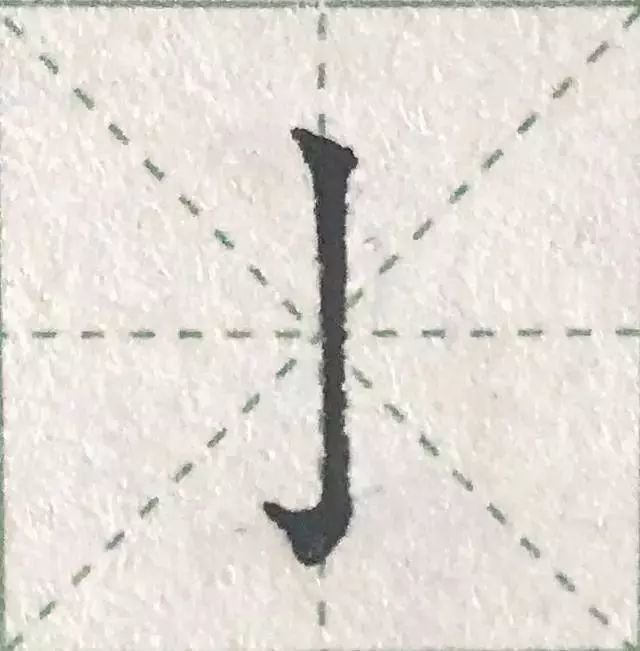
8. Curved hook
Note that the arc should not be too large and should be basically vertical. The hook exit point should be directed towards the starting point above. Two points are on a vertical line.
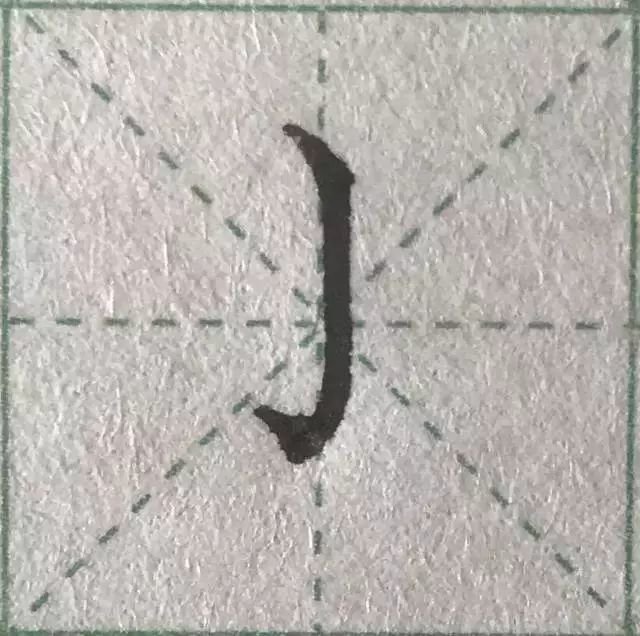
9. Lying hook
Lying hooks are difficult to write. Pay attention to the shape of a crescent moon. When writing halfway, be careful to gradually rotate to the upper right and not to droop. The hook should be facing the upper left, or towards the starting point of the next stroke. .
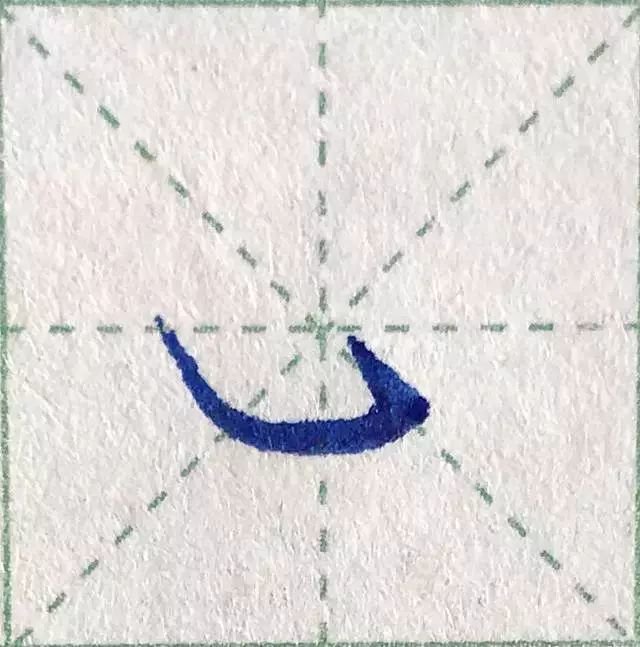
10. Go hook, also called slant hook
The slant hook is a very important stroke. It is generally used as the main stroke of a character, so it should be written liberally and straight.
You should pause hard at the beginning and end of the pen to make it thicker. The strokes are slightly thinner halfway through.
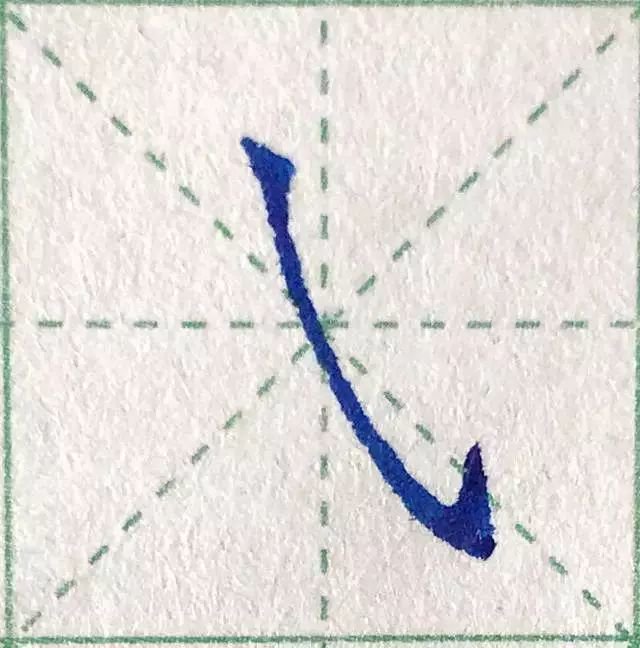
11. Vertical bend
The pen should not be bent straight or too round.
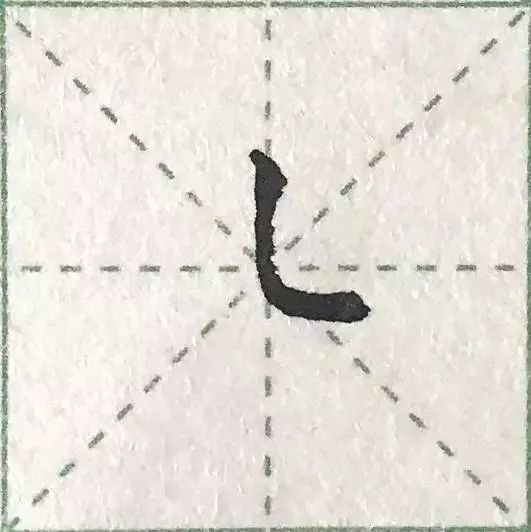
12. Vertical hook
Note that the vertical pen is not vertical, but slightly tilted to the lower left. The strokes should become thinner when they reach the bend, and then gradually become thicker toward the right, with the hook pointing upward.
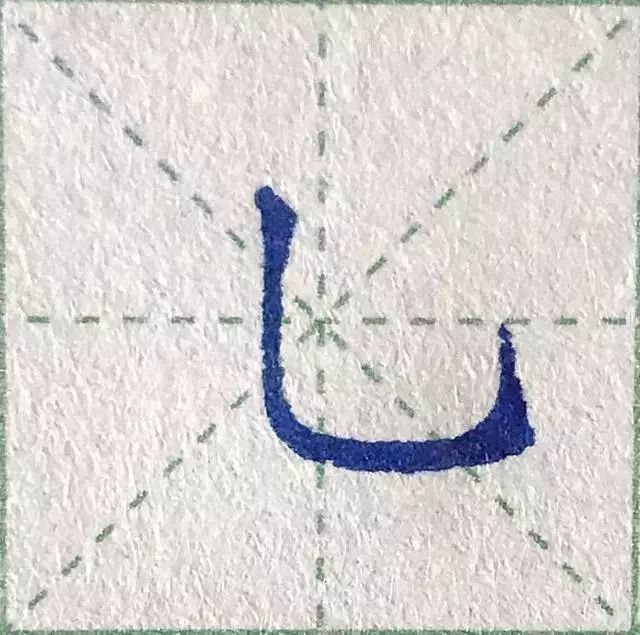
13. Lift vertically
It is best to lift the pen longer and slower, not too steep or too short.

14. Horizontal hook
When writing with a pen, it must be straight and not bent. That is to say, the angle must be sharp and not too rounded.
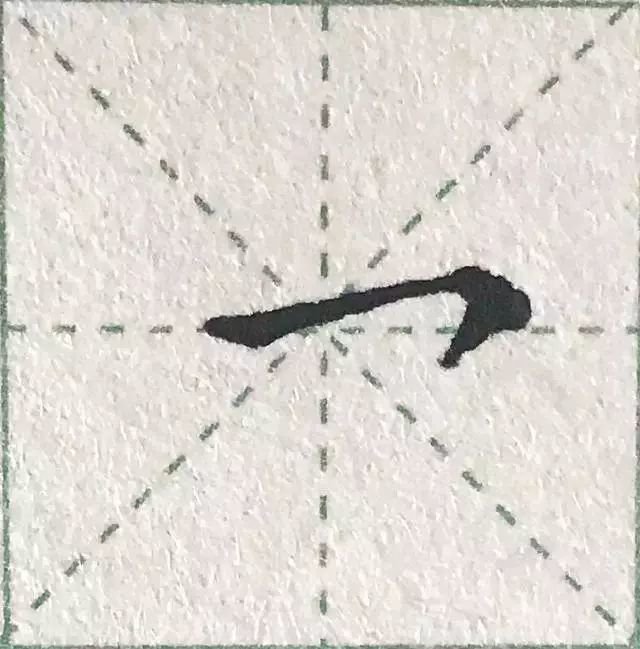
15. Horizontal fold
When writing with a folded pen, you must press it hard to make sure it is thicker than horizontal drawing.
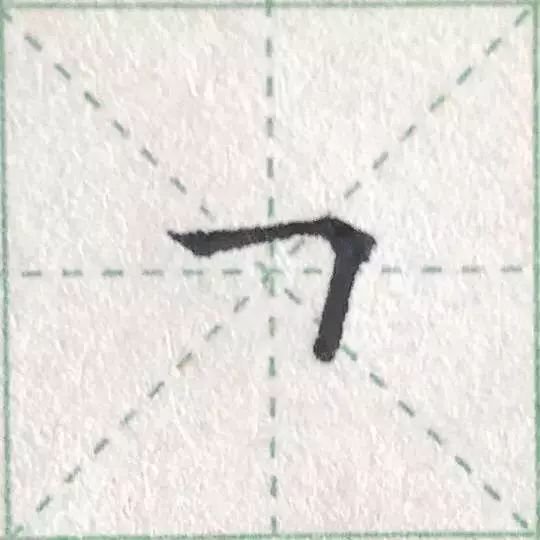
16. Horizontal folding hook
This folding pen is actually a vertical pen that strokes vertically downward. Pay attention to distinguish the hook of the horizontal folding pen. For example, the "Li" folding pen strokes toward the lower left.
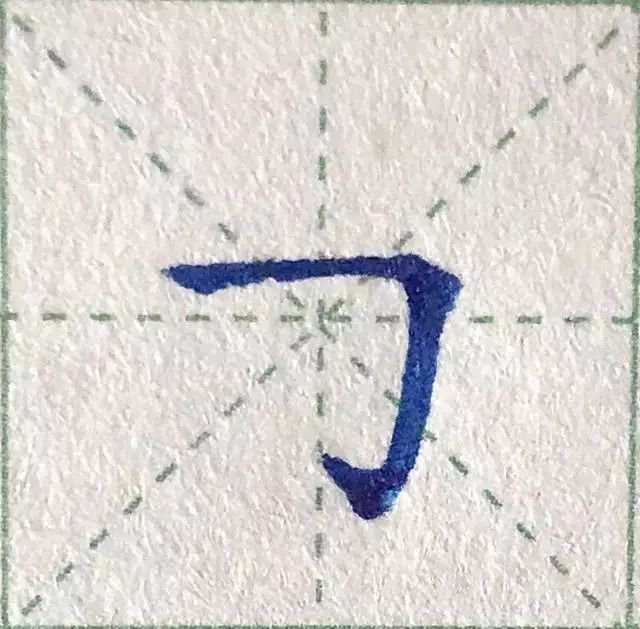
17. Sideways
Start writing, pause, and write at a slight angle to the upper right. Press hard at the turning point of the line, and the pause point will be obvious. The closing of the pen should be gradual and light, and the tip of the pen should be pushed forward firmly, not quickly and hastily.
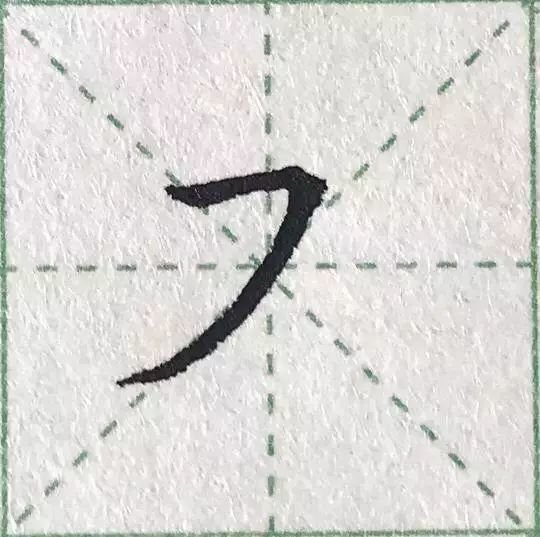
18. Skip the point
The starting point of the stroke should be pressed hard, and the action point should be obvious. The stroke should not be too straight or too curved. Click to write longer, close the pen and press again. The angle between the two strokes is about 90 degrees, not too big or too small.
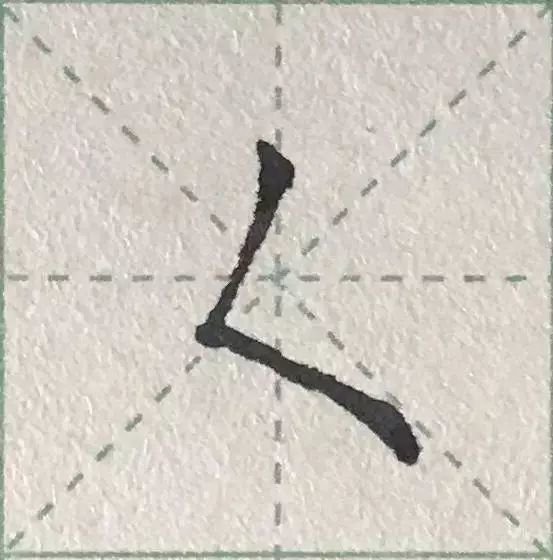
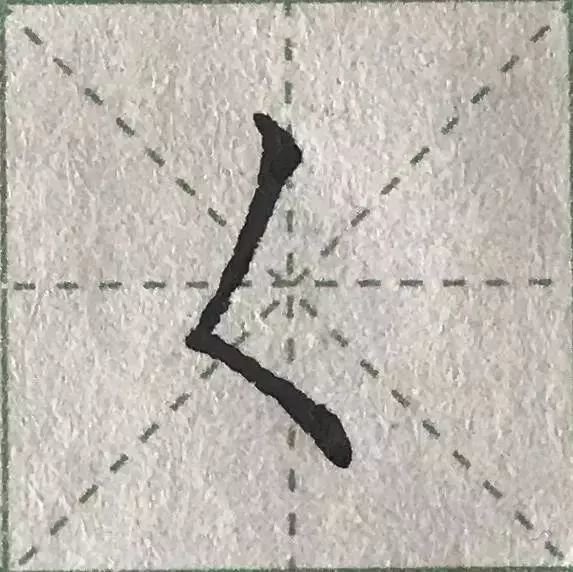
19. Discount
There is an obvious pause point when starting to write, and there is also an obvious pause when folding the pen.
20. Horizontal bending hook
When writing horizontally, pay attention to raising the right end, pressing hard at the turning point, and then gradually strokes toward the lower left, until it becomes thinner at the turning point, and then gradually thickens toward the right, with the hook pointing upward.
